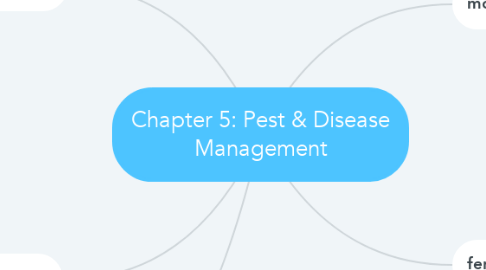
1. mowing
1.1. never cut more than 1/3 of the blade
1.1.1. effects of violations are:
1.1.1.1. scalping
1.1.1.2. depletion of carbohydrate
1.1.1.3. grass will store it nutrient above ground
1.1.1.4. decrease the rooting depth
1.2. raise mowing height and increase frequency
1.2.1. higher the grasses mowed, the deeper the grass root into the ground
1.3. mulch grass clippings
1.3.1. use double set of blade, grass clipping will return the nitrogen back to the field
2. fertilization
2.1. select a turf fertilizer
2.1.1. (30-3-9) N:P:K
2.2. use rotary spreader, not drop spreader
2.3. Holiday fertilization plant
2.3.1. 1-1.5 LBS of N/1000 Feet during memorial day
2.3.2. 0.5-1 LBS of N/1000 Feet on 4th of July
2.3.3. 0.5-1. LBS of N/1000 Feet during labor day
2.3.4. 1-1.5 LBS of N/1000 Feet during thanks giving
3. irrigation
3.1. know your precipitation rates
3.1.1. know what is the depth of water you are applying
3.1.2. three demonstration order
3.1.2.1. 1. placing catch can
3.1.2.2. 2. run the irrigation for 30min
3.1.2.3. look at the irrigation depth and develop the average irrigation depth for 30min
3.2. adjust irrigation rates for the season
3.2.1. if weather is hot, irrigation rate should be increase
3.3. twice as much is NOT TWICE AS GOOD
3.3.1. results of over irrigation leads tp:
3.3.1.1. 1. runoff nutrient and pesticide that are applied
3.3.1.2. 2. runoff of fertilizer that can lead to algae bloom
3.3.1.3. leaching of fertilizer and pesticide
3.3.1.4. wasting water
4. pesticide selection and use
4.1. pest triangle
4.1.1. host:pest:environment
4.1.1.1. low fertility weed:
4.1.1.1.1. leads to white clover diseases and red thread
4.1.1.2. How to tackle?
4.1.1.2.1. increase the fertility
4.2. pesticide mixing, loading and application
4.2.1. always consults the pesticide label
4.3. control of weeds, diseases and insects
5. cultivation
5.1. objective
5.1.1. 1. relieving soil compaction
5.1.2. improve drainage and air movement
5.1.3. reducing organic matter
